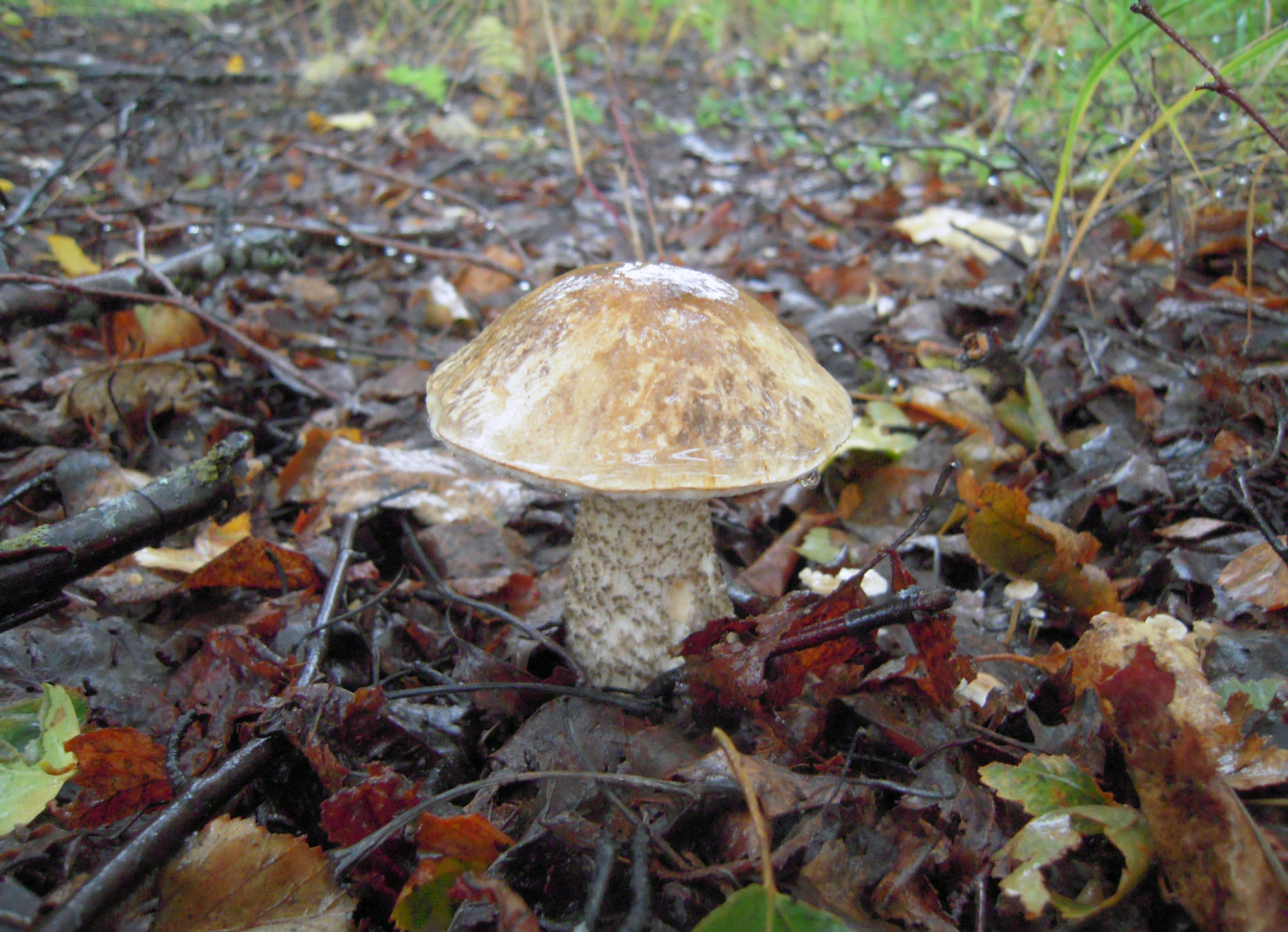By LAURA BASHOR
What do gardeners and biologists have in common? We both want plants to grow! From the native trees and plants on the 2 million acres of the Kenai National Wildlife Refuge to the vegetables, flowers and berries in your garden, the healthy growth of plants is important to all of us.
Biologists and gardeners alike know that most plants need sunlight, water and nutrient-rich soil to grow. However, many plants depend heavily on another support system, one that is microscopic and hidden underground or even inside the cells of the plant itself. Composed of mycorrhizae, a group of symbiotic microbial fungi, this system coexists in the soil among and within plant root systems.
What seems like a long, difficult-to-pronounce name can be simplified by breaking it down into its Greek roots — “myco” for fungus, and “rhiza” for root. Essentially, mycorrhizae consist of a fungus-root relationship.
This fungus-root relationship is a form of symbiotic relationship. Symbiotic relationships occur between two different organisms that live together. A symbiosis is not always mutually beneficial, but the majority of mycorrhizal fungi benefit the plants they are associated with in addition to receiving a benefit themselves.
At the (literal) root of this beneficial exchange is the increased efficiency of water uptake and nutrient absorption from the soil for plants. In return for their help, many fungi receive carbon that their host plant removes from the atmosphere in the form of sugars. Mycorrhizae associated with trees and woody plant species commonly form a sheath around the root, which can also help to protect the roots from disease.
Mycorrhizal fungi are present throughout Alaska in a wide variety of environments. In fact, mycorrhizae have been around since plants first evolved, and many scientists believe that beneficial relationships between plants and microbial fungi were instrumental in allowing the first plants to colonize land from the ocean millions of years ago.
Some mycorrhizae are even considered “living fossils,” as scientists have found fossils of ancient plants associated with fungi that appear to be structurally identical to today’s mycorrhizae. They are also crucial to the health of a plant much beloved by Alaskans, the blueberry.
Although much remains unknown about these tiny underground organisms, their importance to the healthy functioning of ecosystems is not doubted. Scientists are still discovering amazing things about their relationships with plants. Consider that mycorrhizal fungi and their host plants talk to each other! They communicate with each other via signaling hormones, responding to each other’s signals with distinct behavioral changes.
Here at the Kenai National Wildlife Refuge, we’re just as excited about the details of mycorrhizal biochemistry as the big picture of how mycorrhizal fungi fit into the ecology and natural cycles of the refuge’s exceptional assemblages of flora and fauna.
Tracy Melvin, a doctoral student with the refuge’s biology program, is interested in the future of the natural landscapes on the Kenai Peninsula in the face of a rapidly warming climate, in addition to the many other disturbances faced by plants and animals on the refuge, including fire, invasive species and nearby urbanization.
Tracy is very interested in mycorrhizal fungi.
“The way I think about it,” she says, “is that their presence will allow or not allow things to grow. If they’re not there, it is really hard for new trees to establish.”
Using her understanding of the important role mycorrhizae play in supporting forest growth, Tracy is assessing the presence and diversity of mycorrhizal fungi in the soil at a number of locations throughout the peninsula.
To identify these microscopic organisms, she collects soil samples and sends them to a partner lab for DNA sequencing. She will use her data to better understand the ability of the landscape to successfully adapt in a changing climate in the years to come.
Recently, we looked at the fungal communities from grasslands near Portage and in the Caribou Hills. These relatively simple plant communities have perhaps two dozen species of vascular plants growing above ground. But below ground, initial DNA sequencing detected 600 to 900 species of fungi in each 1 ½ teaspoon soil sample for a total of over 2,000 species!
By asking these big and interesting questions, we’ve been excited to get our hands dirty this summer exploring the ecological importance of mycorrhizae on the refuge. And we invite you to do the same, through finding a new respect for the network of tiny, hardworking fungi underneath your blueberry bushes. Whether you’re a gardener or a biologist, it turns out that paying closer attention to what’s happening below the ground could be more important than we realize.
Laura Bashor is a biological intern this summer at Kenai National Wildlife Refuge. She has a BA in Biology from Middlebury College in Vermont. Find more Refuge Notebook articles (1999-present) at https://www.fws.gov/refuge/Kenai/community/refuge_notebook.html.

